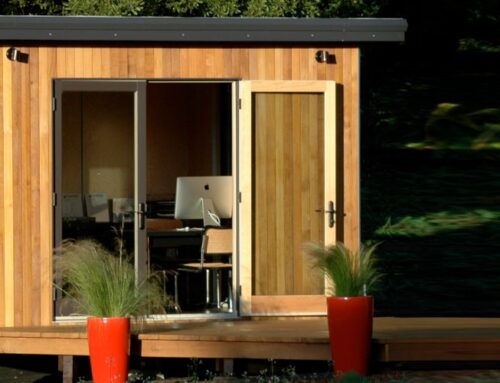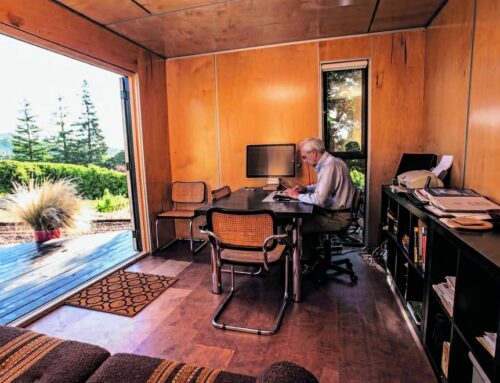The Contra Costa County Accessory Dwelling Ordinance is Chapter 82-24.
Extract:
(b) Accessory Dwelling Unit Size.
(1) A detached accessory dwelling unit may not exceed the following size:
(A) One thousand square feet in any zoning district where an accessory dwelling unit is allowed; except on a lot of twelve thousand square feet or more, or in an agricultural district, or in the Kensington (-K) combining district.
(B) One thousand two hundred square feet on a lot of twelve thousand square feet or more.
(C) One thousand two hundred square feet in an agricultural district.
(D) In the Kensington (-K) combining district, six hundred square feet or sixty percent of the floor area of the primary residence, whichever is smaller; except that a discretionary accessory dwelling unit permit may be issued pursuant to subsection (d) of Section 82-24.006 to establish an accessory dwelling unit of up to one thousand square feet on a lot of ten thousand square feet or more in the Kensington (-K) combining district.
(2) An attached accessory dwelling unit may not exceed the size limitations specified in subsection (1) of this subsection (b), or fifty percent of the existing living area of the primary residence, whichever is smaller.
(c) Lot Coverage.
(1) In single-family residential districts, the accessory dwelling unit must not cause the maximum total structural lot coverage to exceed forty percent. In multiple-family residential districts, the accessory dwelling unit must not cause the maximum total structural lot coverage to exceed twenty-five percent in the M-6 through M-17 districts or thirty-five percent in the M-29 district.
(2) In P-1 planned unit districts where an approved final development plan specifies maximum total structural lot coverage, the accessory dwelling unit must not cause the maximum total structural lot coverage to exceed the specified percentage. In P-1 planned unit districts where an approved final development plan does not specify maximum total structural lot coverage, the accessory dwelling unit must not cause the maximum total structural lot coverage to exceed forty percent.
(d) Living Provisions. An accessory dwelling unit must provide complete independent living facilities for one or more persons, including permanent provisions for living, sleeping, eating, cooking, and sanitation.
(e) Permanent Foundation. A permanent foundation is required for all accessory dwelling units.
(f) Sewage and Water. If a private sewage disposal system, water system, or both are proposed to be used, it must meet all applicable county regulations and be approved by the health officer before an accessory dwelling unit may be established. Verification that the standard has been met is required prior to final inspection.
(g) Architecture. The exterior appearance of the accessory dwelling unit must be architecturally compatible with the primary dwelling unit or with the surrounding neighborhood. “Exterior appearance” includes architectural style, colors, and exterior features, such as building materials, trim, windows, and roof design. The accessory dwelling unit must have a separate entrance. The separate entrance must be: located on the building side or building rear; or not visible from the street; or otherwise subordinate to the primary residence.
(h) Types of Accessory Dwelling Units. An accessory dwelling unit may be attached to a primary residence or detached from a primary residence.
(1) If an accessory dwelling unit is attached to a primary residence, the accessory dwelling unit must be an internal conversion of a garage or other area within the existing primary residence, or an addition to the existing primary residence.
(2) If an accessory dwelling unit is detached from a primary residence, the accessory dwelling unit must be located on the same lot as the existing primary residence.
Note that Kensington has its own Planning Ordinance.
See full Contra Costa Ordinance



Leave A Comment
You must be logged in to post a comment.